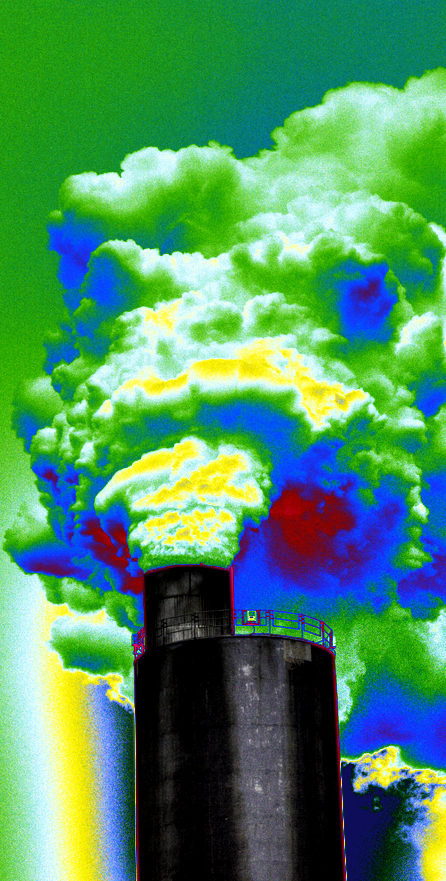CCA lays out green paths
 Authorities are outlining pathways to achieve net zero emissions by 2050.
Authorities are outlining pathways to achieve net zero emissions by 2050.
The Climate Change Authority has released a review of the potential technology transitions and emissions pathways for Australia to reach the goal by 2050.
The review covers six key sectors: agriculture and land, built environment, electricity and energy, industry and waste, transport, and resources.
It identifies the obstacles facing each sector and suggests strategies for overcoming them.
Commissioned by the Australian Parliament, the review is meant to inform the Australian Government’s upcoming Net Zero Plan.
Matt Kean, chair of the authority, says that success requires a coordinated effort across all sectors of the economy and government levels to ensure a “rapid and orderly transition to net zero”.
The review identifies mature technologies, such as solar and wind for electricity generation, as key to driving emissions reductions.
It also notes that emerging technologies like hydrogen and engineered carbon removals offer significant future opportunities.
However, it says engagement with regional communities on the benefits of renewable infrastructure is needed, as a lack of public support could hinder progress.
The authority has proposed six strategies to be incorporated into the government's Net Zero Plan.
These include enhancing collaboration between federal, state, and local governments, streamlining development approval processes, and addressing workforce shortages in key sectors.
Kean described the transition to net zero as a “once in a generation opportunity”, requiring significant technology adoption, investment, and cooperation.
He also highlighted the need for a comprehensive overhaul of supply chains, energy systems, and industrial practices to facilitate the shift to a low-carbon economy.
The report calls for accelerated action using current technologies, warning that delaying could lead to greater environmental and economic costs.
The authority also warns against over-reliance on future technological breakthroughs, suggesting that proactive emissions reductions are more efficient than waiting for unproven solutions.
The full report is accessible in PDF form, here.








 Print
Print